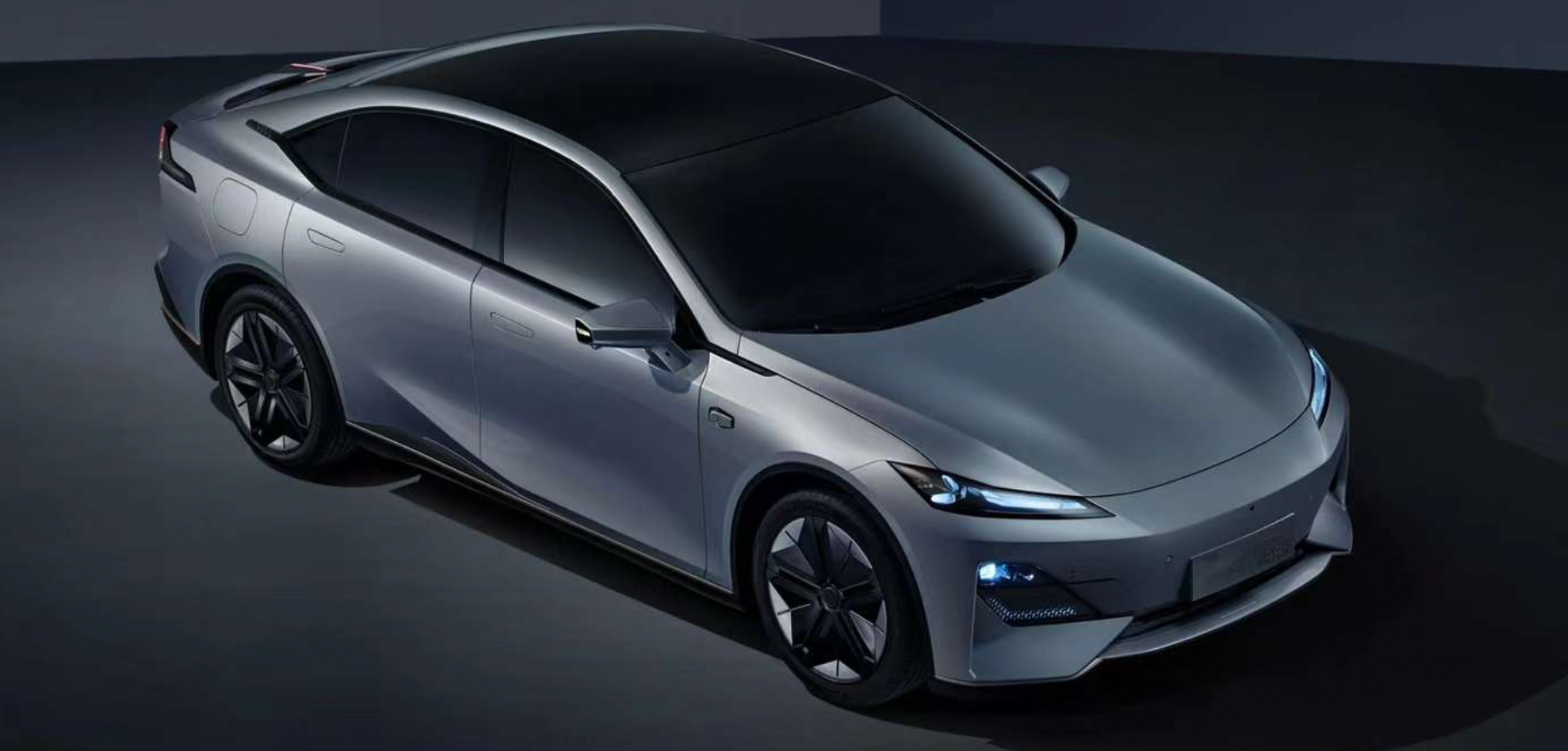Introduction
On April 13th of this year, at the Changan Automobile Global Partner Conference, the Shenlan brand was officially established. Before even a month had passed, on Labor Day (May 1st), the CEO of Changan New Energy Automobile Technology, Deng Chenghao, personally introduced their flagship model C385.
In fact, this car has received high levels of attention online, and its main competitors are also highly attractive, including models such as the NETA S, BYD Sea Lion, and the LINGPAI C01. Even before its design was fully revealed, I decided to pay attention to this upcoming model. The test drive of this car is set to begin soon, so I have collected and organized all the available information on it.
First Appearance
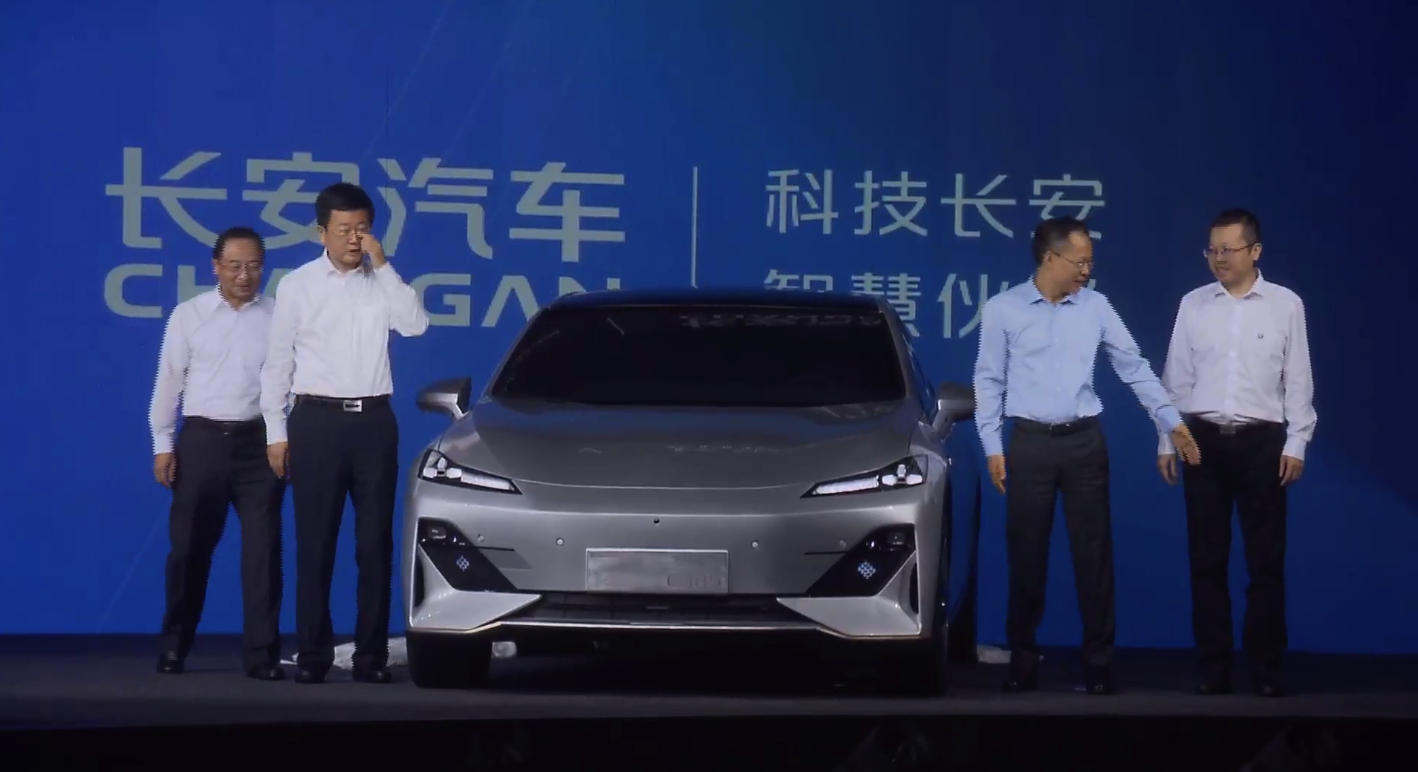
C385 made its first appearance at the 2021 Changan Automobile Technology Ecological Conference summit forum on August 24th of last year. It is the first strategic model of the Changan New Energy Electric Vehicle Platform, which serves as the opening chapter of the “Shangri-La Plan”.
On that day, Changan also announced that it had formed a partnership with Huawei and Ningde Times to jointly create the CHN platform (C Changan, H Huawei, N Ningde Times) in order to harness the strengths of each partner in their respective fields. This CHN platform is further divided into the EPA0, EPA1, and EPA2 architectures, with a total of 11 new products, including sports cars, SUVs, MPVs, and other new vehicle types, scheduled to be developed over the next three years.
C385 is based on the EPA1 architecture and offers three types of power: pure electric, extended range, and hydrogen energy. It is rear-wheel drive and can be converted to four-wheel drive. However, due to its association with the Avita 11, C385 has been living in its shadow, so we continue to defend it.
Performance
C385 is equipped with a rear axle single motor with a maximum power of 190 kW and acceleration from 0 to 100 km/h in 5.9 seconds. This raises some doubts in me about whether this power-hungry rear-wheel drive car will be easy to control.
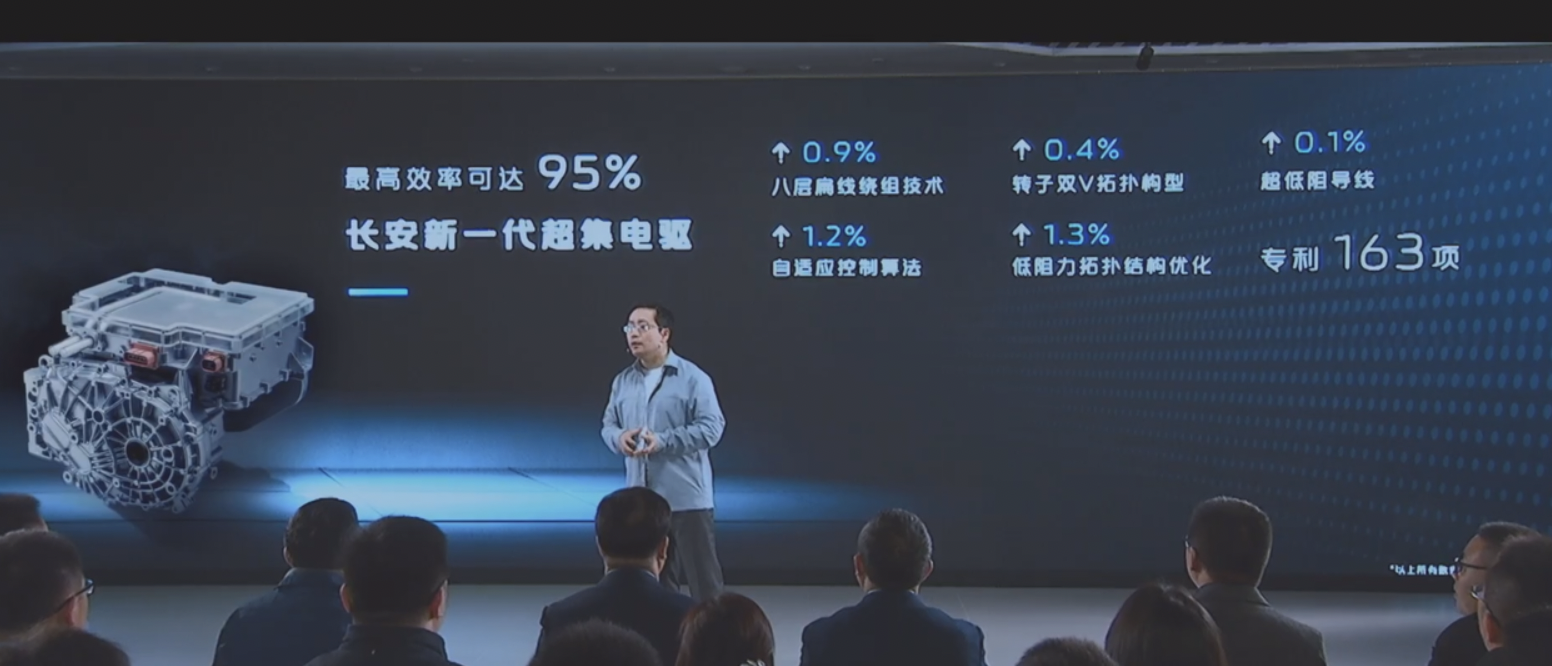
The highly integrated motor on the rear axle is a source of pride for Changan. It integrates multiple functions, including the motor itself, the reducer, the motor controller, DC-DC, DC-AC, direct current boost, high voltage branching, and alternating current charging. It has a maximum efficiency of 95%, and according to the official announcement is 5% smaller in size, 10% lighter in weight, has a 37% increase in power density, is 15% quieter, and has a 5% increase in efficiency compared to traditional “three in one” electric drive systems.
 C385 comes standard with a 19-inch wheel hub, and in the display video, you can see that a closed design is used to reduce wind resistance, of course, which is for reducing wind resistance.
C385 comes standard with a 19-inch wheel hub, and in the display video, you can see that a closed design is used to reduce wind resistance, of course, which is for reducing wind resistance.
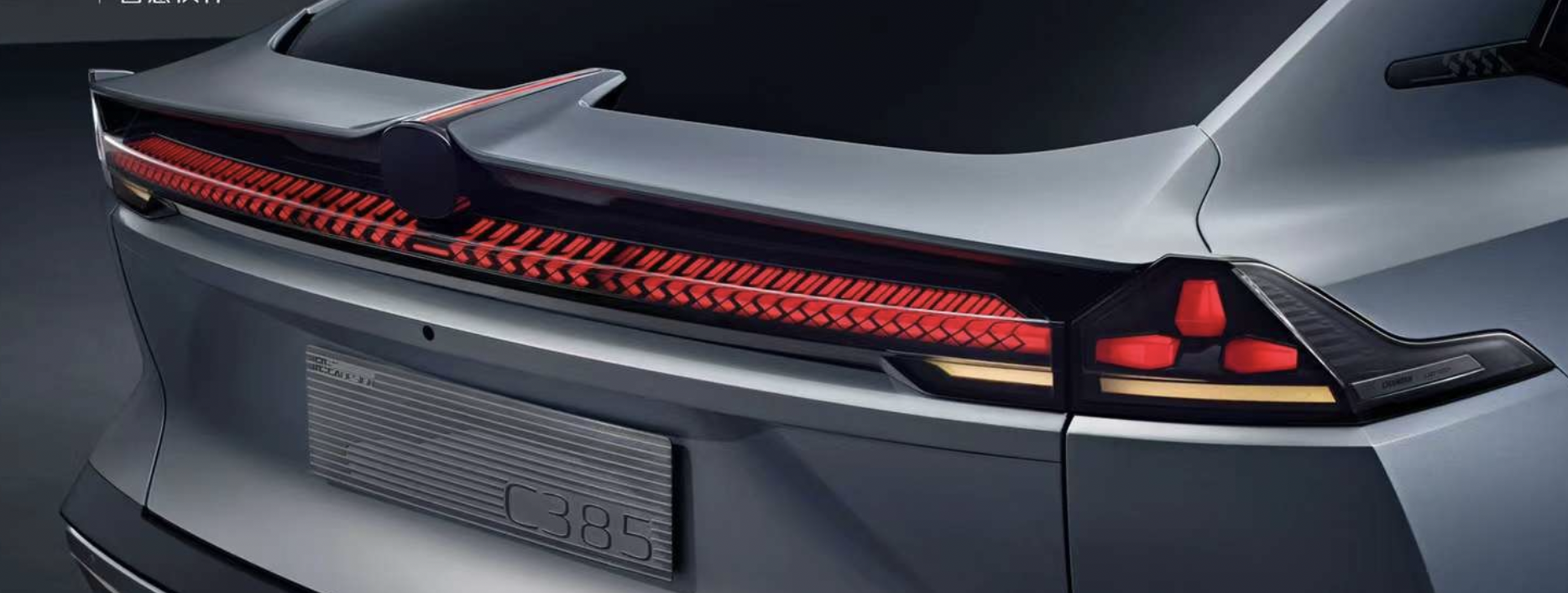
At the same time, the large spoiler at the tail is also set to create a lower drag coefficient.
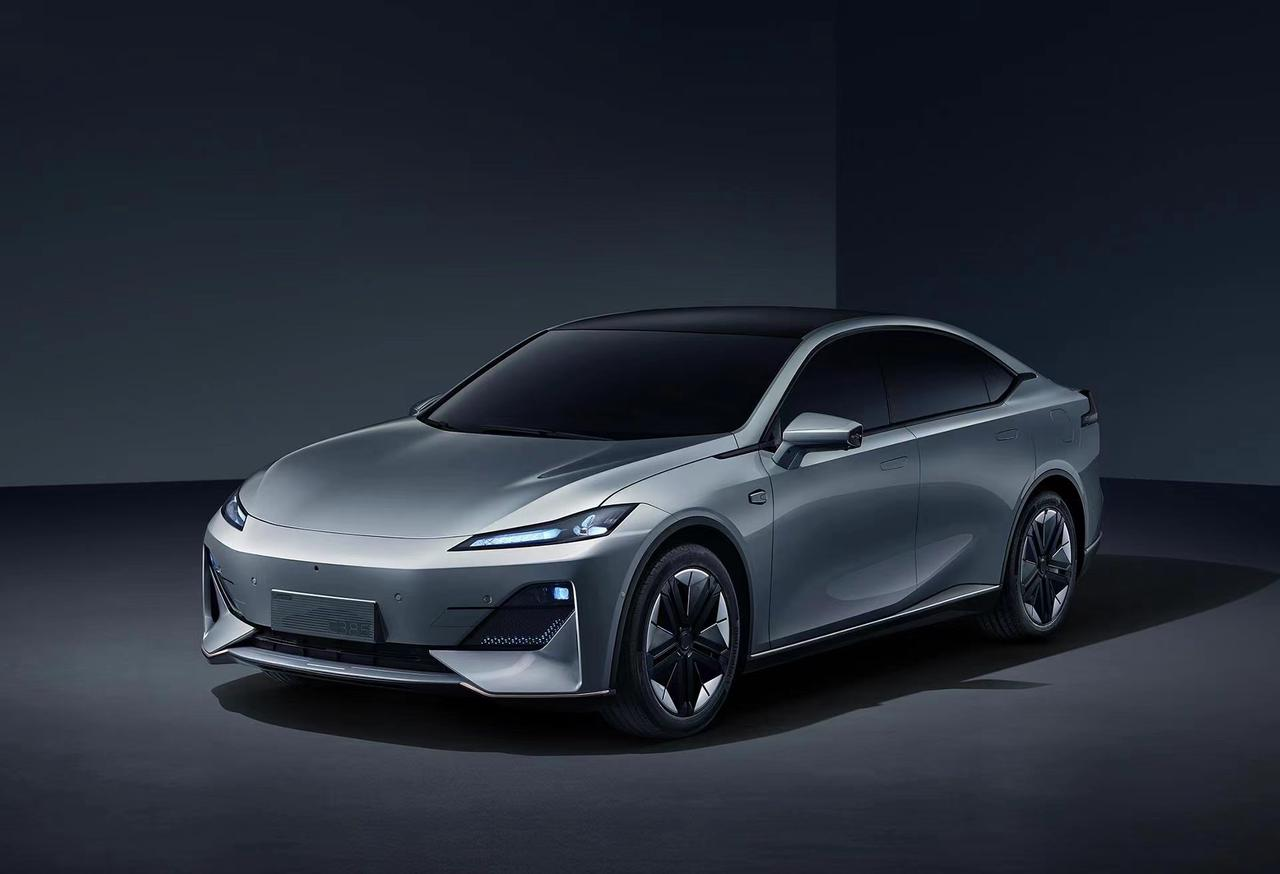
Of course, the smooth lines of the entire body and the hidden door handles are also for wind resistance. Therefore, the C385 has a high width-to-height ratio of 0.78, a frontal area of only 2.38 square meters, and a drag coefficient of 0.23.
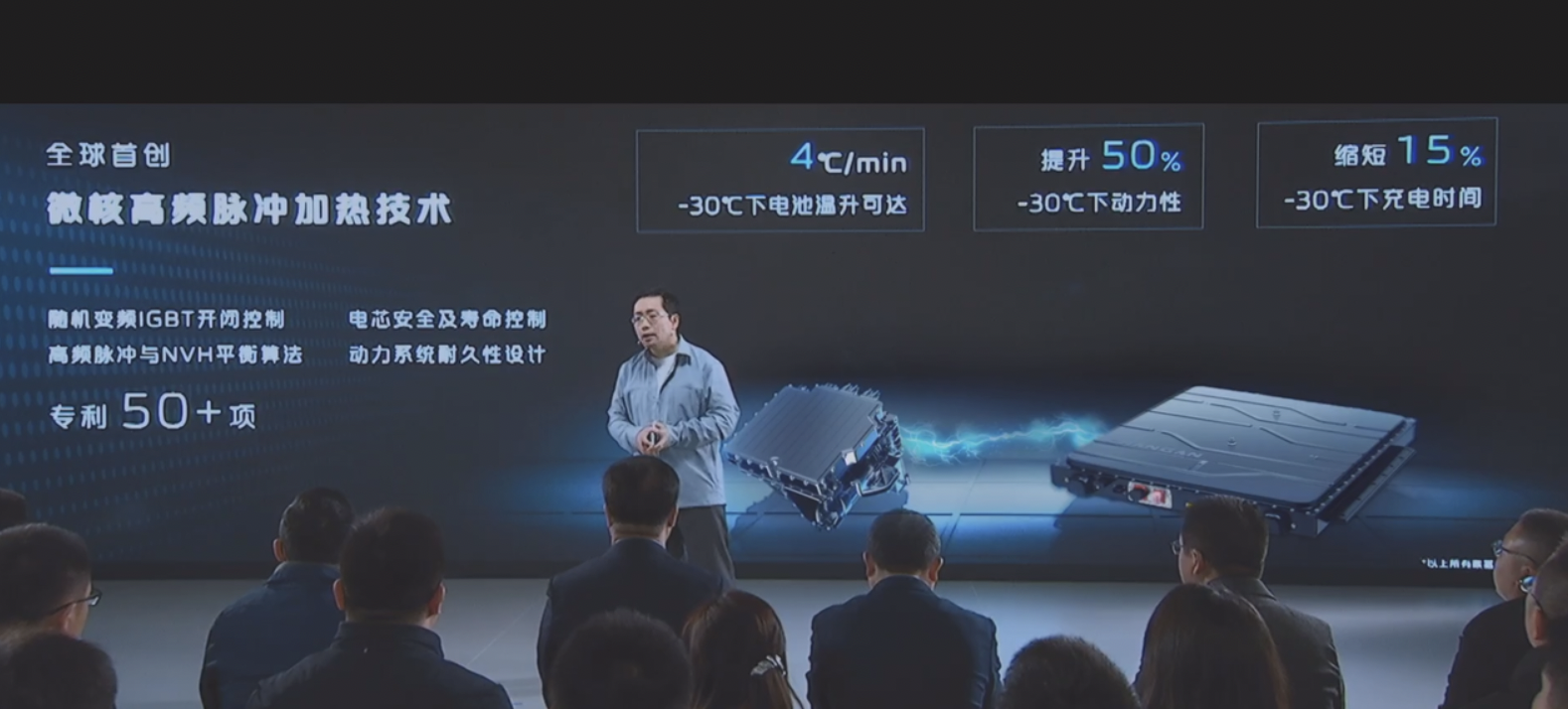
The EPA 1 platform uses lithium-ion batteries, which have the characteristics of not causing lithium deposition and affecting battery safety and life during high-frequency positive and negative switching at low temperatures. By using IGBT to produce high-current rapid switching through rapid positive and negative switching, the characteristics of high internal resistance of the battery at low temperatures are utilized to rapidly heat the battery in a low-temperature environment.
The IGBT voltage-driven power semiconductor device has the advantages of high withstand voltage, low conduction voltage drop, fast switching speed, and small driving power. After using “pulse heating technology”, the battery can rise 4 degrees Celsius per minute in an environment of minus 30 degrees Celsius, which brings the advantages of shortening the low-temperature charging time by 15% and enhancing the power in a low-temperature environment.
Therefore, the energy consumption of the entire C385 vehicle can reach 12.3 kWh/100 km. This energy consumption level is acceptable for a rear-wheel drive car that can accelerate from 0 to 100 km/h in 5 seconds, but we need to see the actual production performance.
Due to platform support, C385 has multiple power forms:
- The pure electric version has a comprehensive range of more than 700 km.
- The extended-range version has a comprehensive range of more than 1,200 km, with a pure electric range of over 200 km and a fuel consumption of 4.5 L/100 km.
- The hydrogen fuel cell version has a comprehensive range of more than 700 km, with a hydrogen consumption as low as 0.65 kg/100 km, and can be recharged in as fast as 3 minutes.
Is it HarmonyOS?
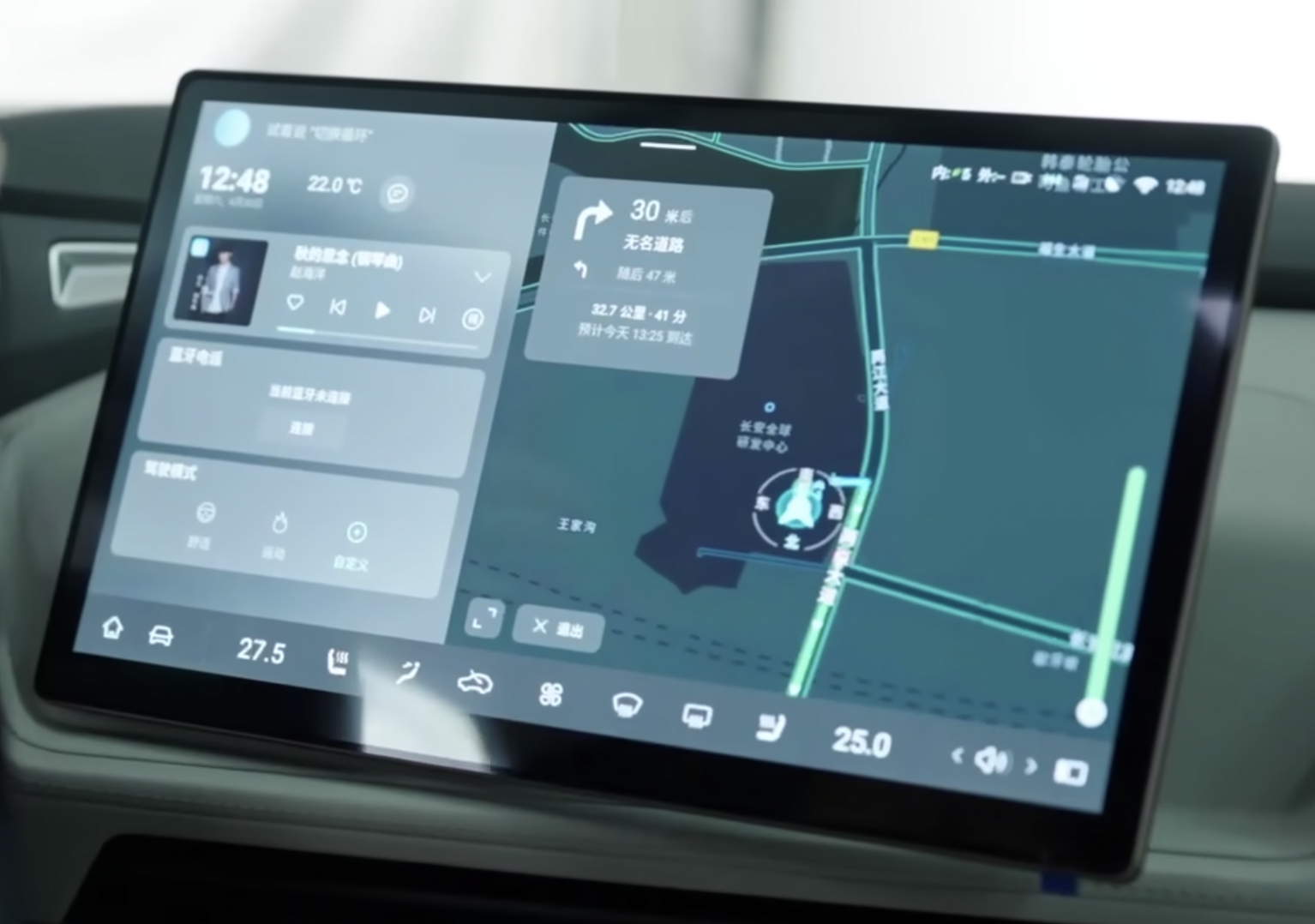
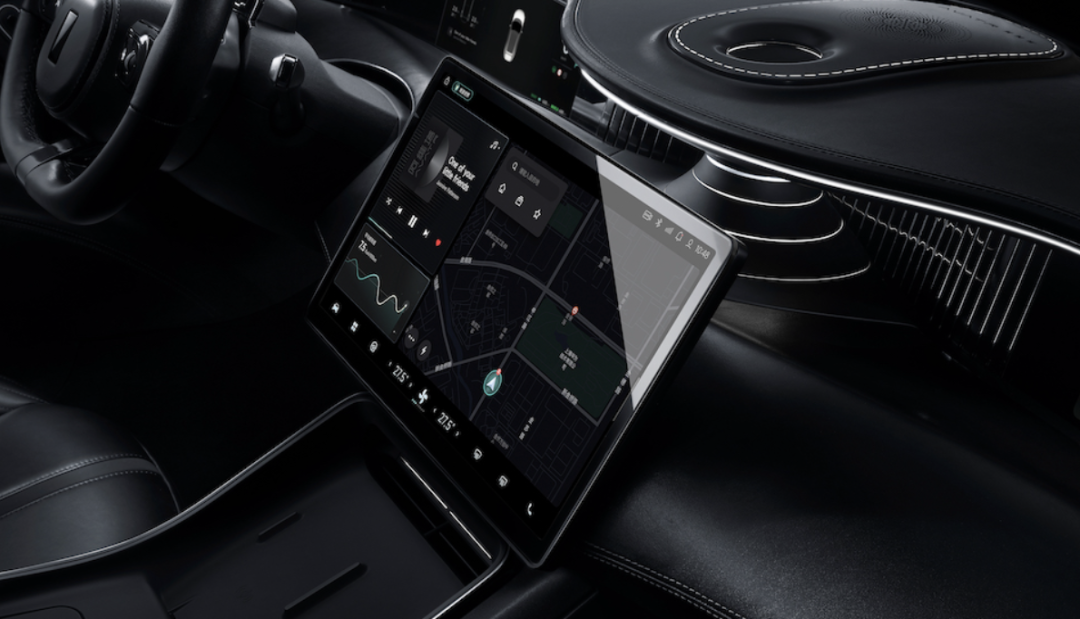
As of now, there is no direct information indicating that the vehicle system will use the Hongmeng OS, but judging from the layout of the interface, it is basically identical to the central control function layout of the previously released Avita 11. Therefore, it is boldly speculated that this 14.6-inch central control screen should use the Hongmeng OS.
However, according to the news on April 13th, EPA1 uses the Qualcomm 8155 chip, which makes it difficult for me to decide.

A parallel motor is installed on the back of this screen, which supports the rotation of the entire central control left and right by a certain angle. From the video, the CEO’s operation response is very fast, but I don’t know if there is any anti-pinch processing. Children are naturally curious and may reach out their hands.
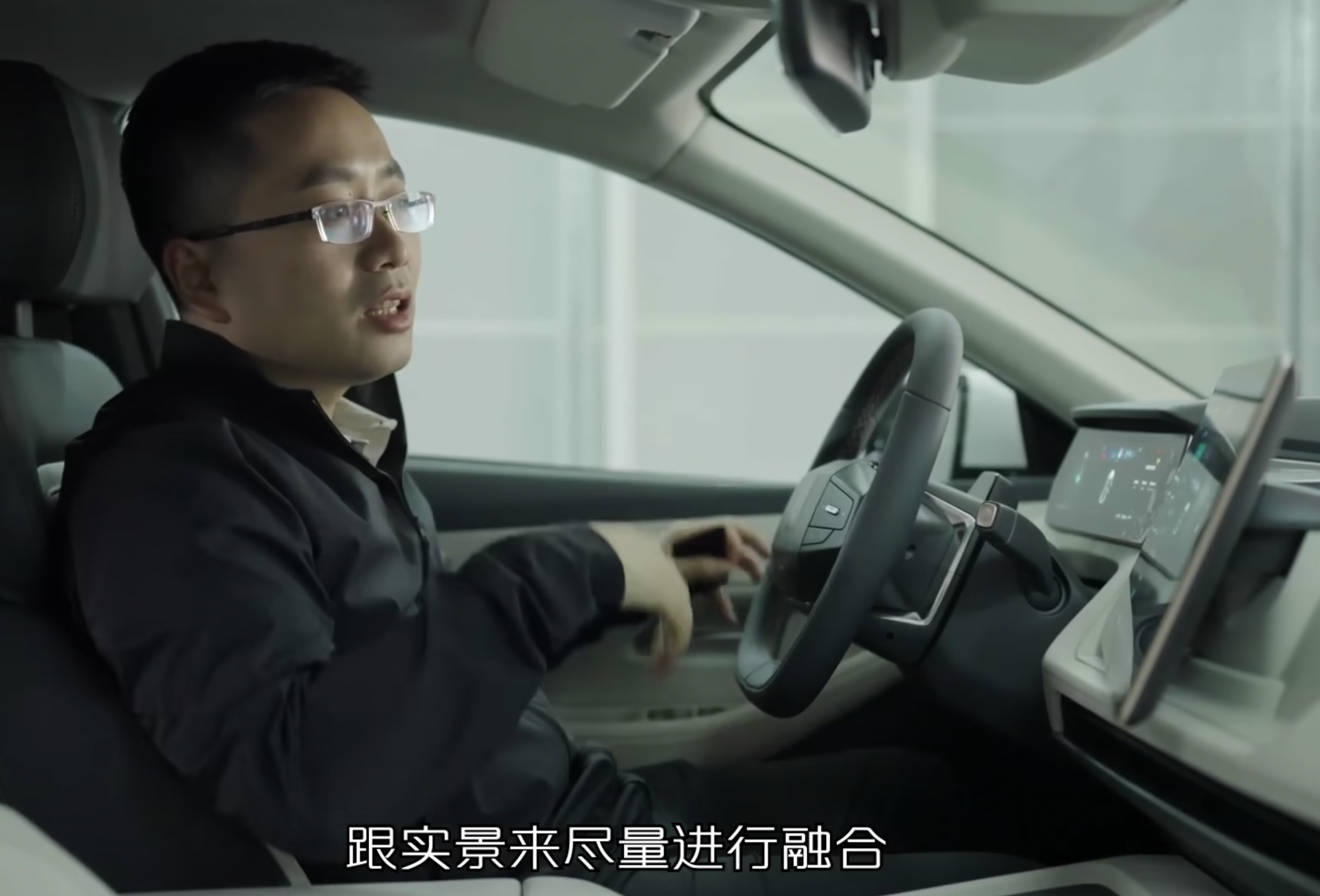
The instrument size is 10.25 inches, and it is matched with an AR-HUD. However, according to my investigation, the supplier is not Huawei’s car-mounted light, and the CEO gave them great praise for their AR-HUD. This makes me look forward to it. Previously, the Feivan R7, which was also heavily promoted, which one is better.
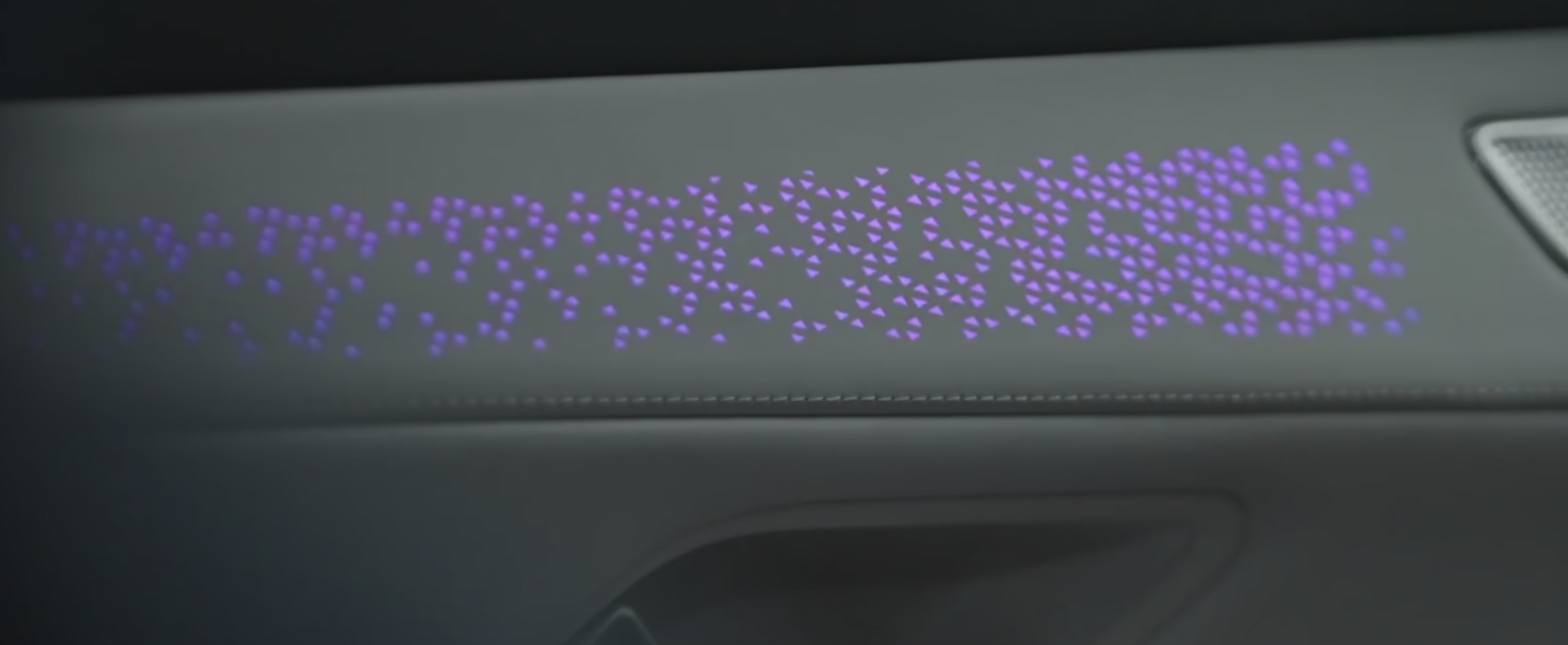
The highest configuration has 14 speakers, and the main instrument panel has a luminous skin function, which can follow the rhythm of the music and change according to different atmospheres.
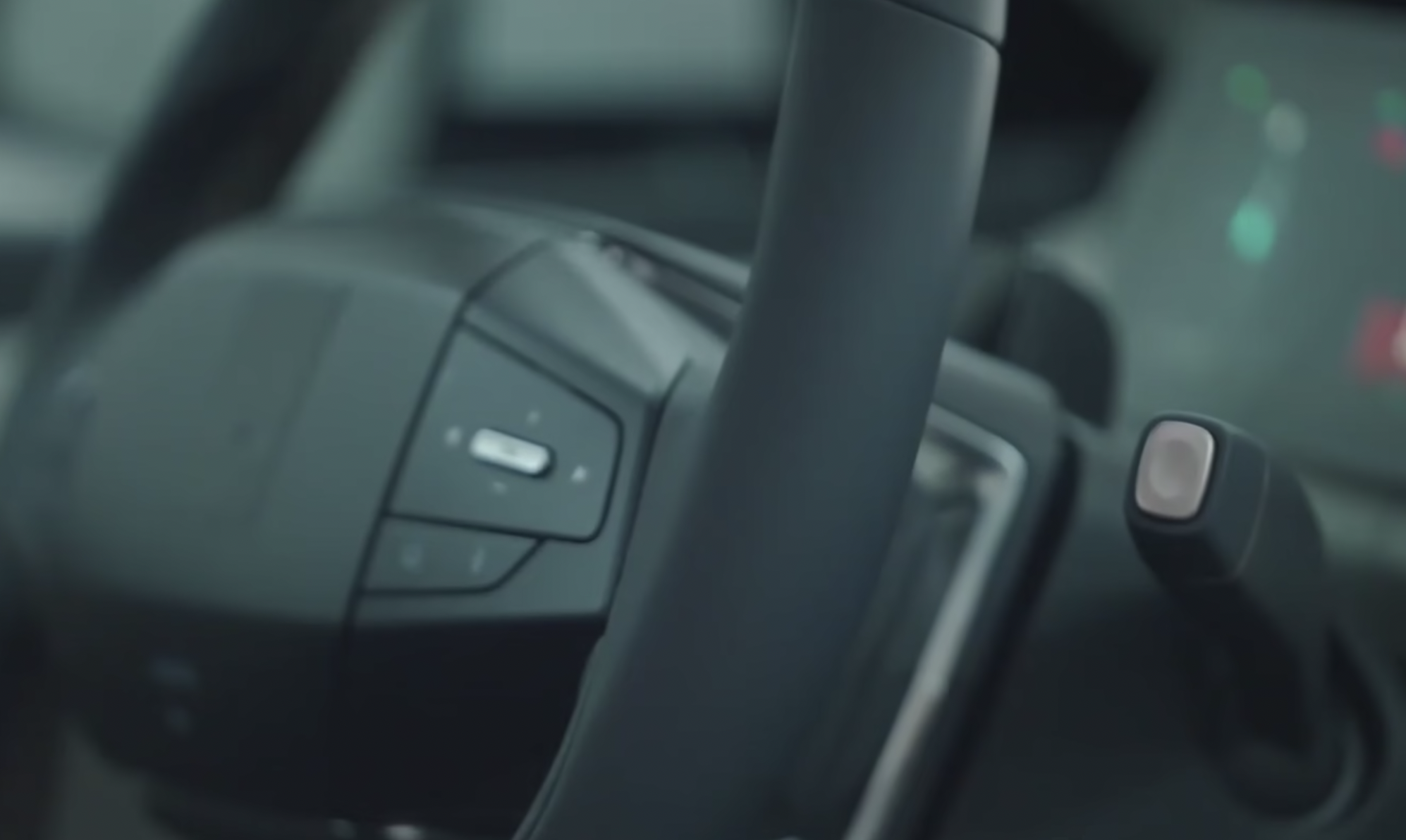
The steering wheel is attached with the logo, but you can see that the layout of the physical buttons on the right side is quite full, and the park-and-hold design is also used.
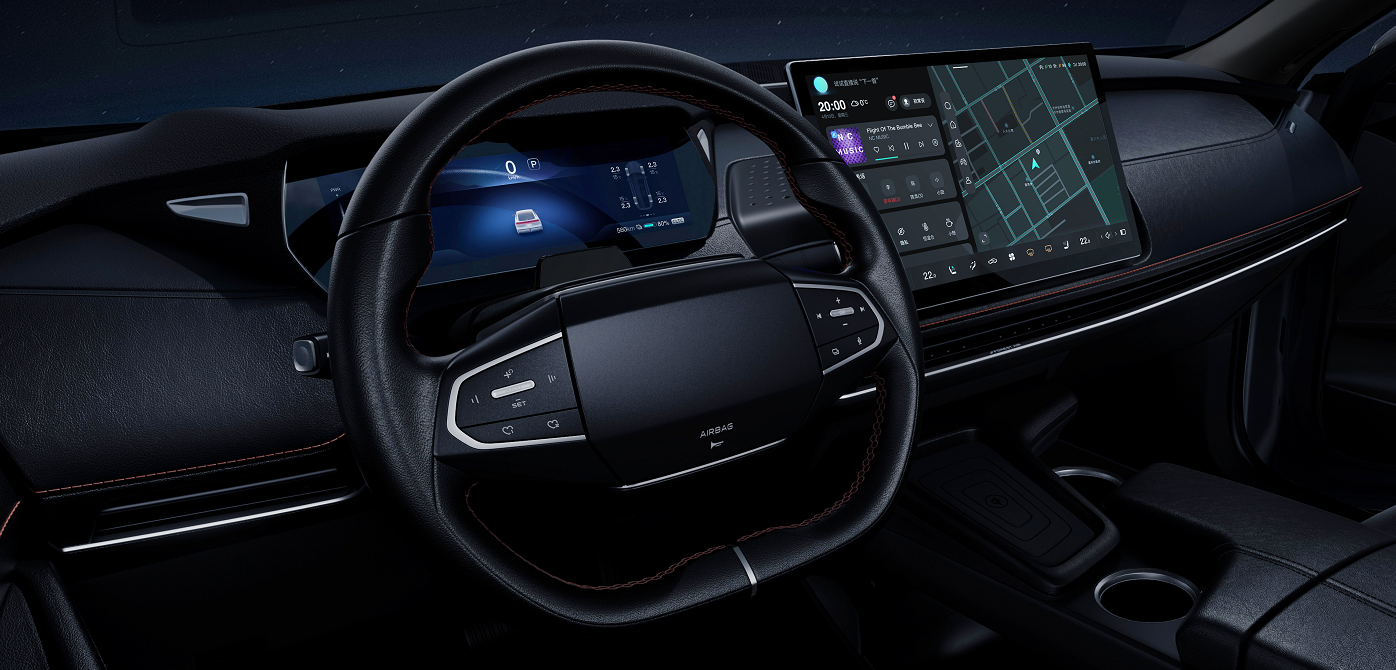
The EPA 1 platform uses the latest generation of electronic and electrical architecture, which has three major domain control functions: vehicle control domain, cabin domain, and intelligent driving domain, and supports the expansion of SOA services.Currently, the C385 has various functions such as temperature-controlled cabin, nap mode, camping mode, care mode, and audio-visual linkage, which can achieve multiple functions, including the linkage of air conditioning wind speed and temperature, seat heating and ventilation, and ambient light colors, etc. It also has functions such as voice-controlled trunk opening and closing, continuous voice recognition, and OTA updates that can be completed in less than 3 minutes, which surprised me as well.
Who doesn’t play with car lights these days?
Since the popularity of terms such as software-defined cars, user co-creation, and SOA, everyone has focused on the car lights. In terms of the light technology, not only is Audi losing to “light factories,” but it has even been left behind by domestic car companies.
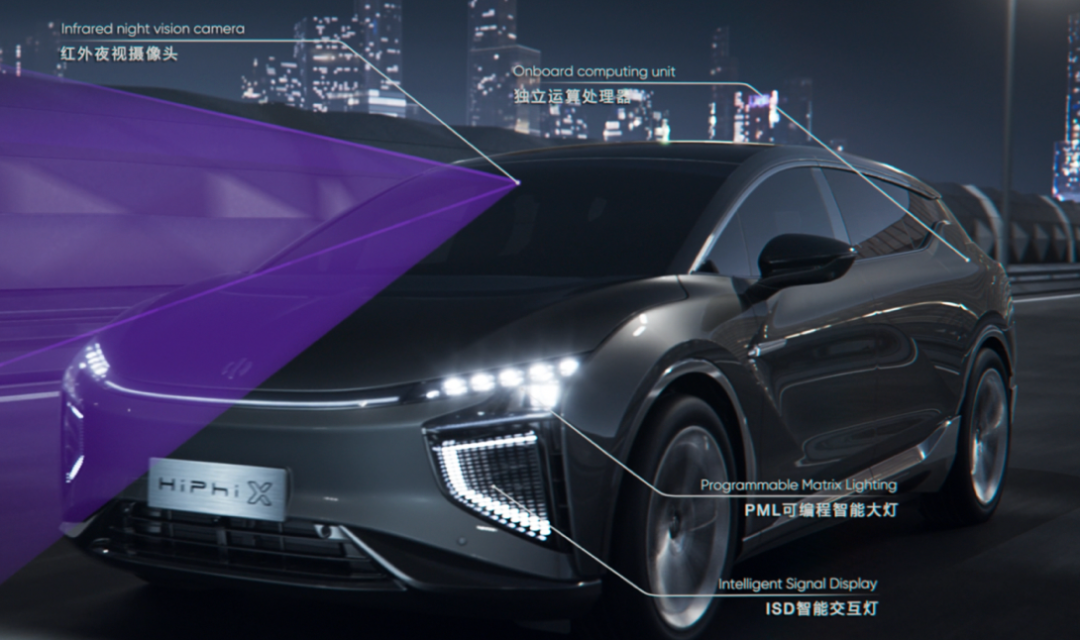
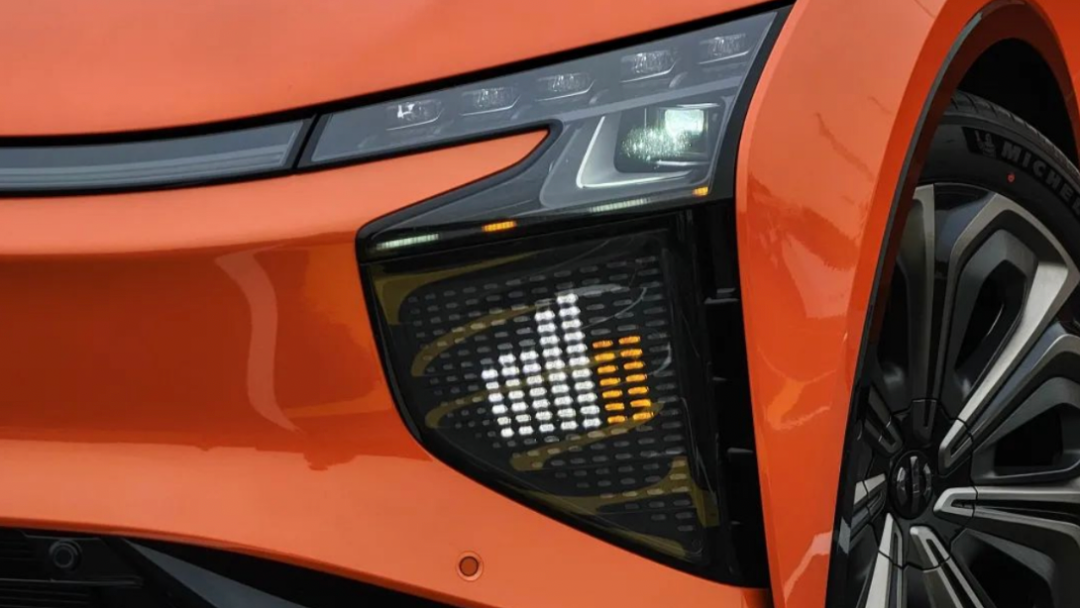
The full-digital lighting system of the Geely HiPhi X is composed of an infrared camera, an independent LIGHTING MASTER chip, a PML programmable intelligent headlight for the driver’s main auxiliary, and an ISD intelligent communication light that communicates with the outside world. The ISD intelligent communication light is an additional supplement to the daytime driving lights, position lights, turn signals, brake lights, and reversing lights during normal driving. However, in specific scenes, it can display personalized emoji to achieve communication and interaction with the outside world.
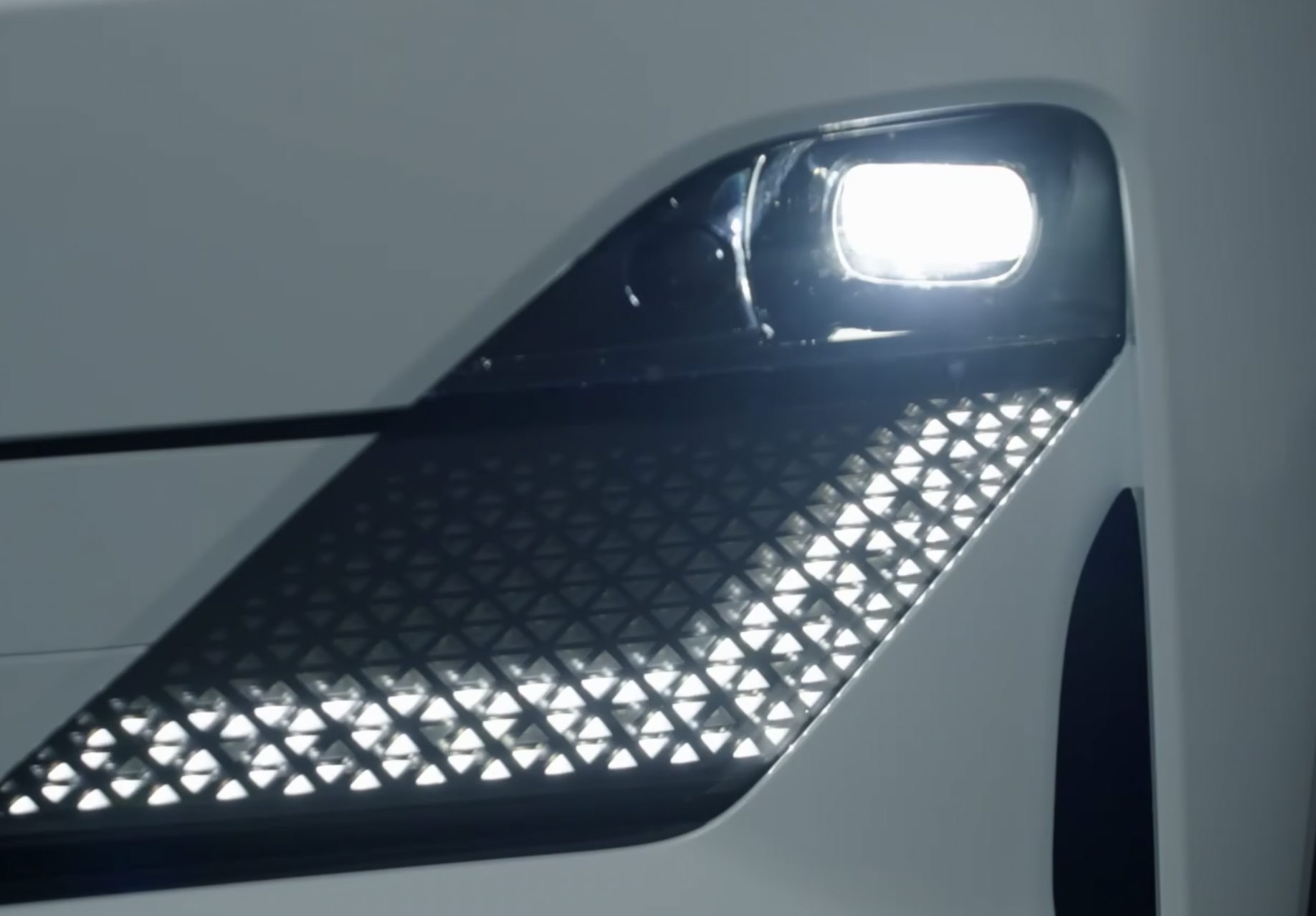
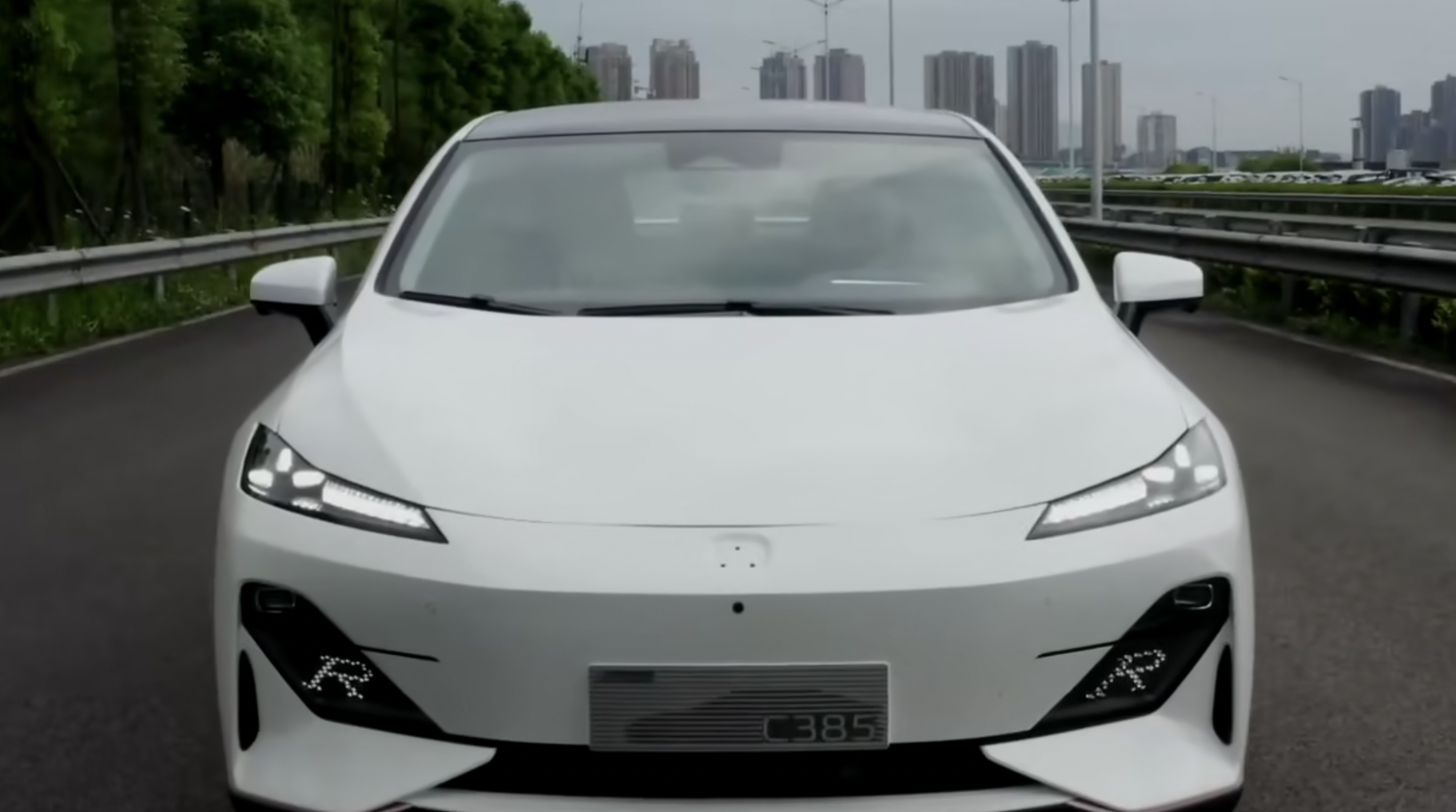
In addition to the conventional high and low beam configuration, the headlights of the C385 also use a light group similar to the HiPhi X, which also has projection and interaction capabilities. For example, it can directly display the gear information, as well as symbols such as refueling and birthdays. However, the area of the light beads seems not very large, which may limit the presentation effect.
Conclusion
Let’s summarize some of the highlights of the C385:
- Length, width, and height: 4,820 x 1,890 x 1,480 mm, wheelbase 2,900 mm;
- Rear-wheel drive single motor, maximum power of 190 kW, and acceleration of 5.9 seconds per 100 km;
- Official CLTC range of 700+ km, CLTC comprehensive energy consumption of 12.3 kWh;
- Height-to-width ratio of 0.78, overall vehicle frontal projection area only 2.38 square meters, and drag coefficient of 0.23;
- 10.25-inch instrument panel, 14.6-inch main screen, and AR-HUD.
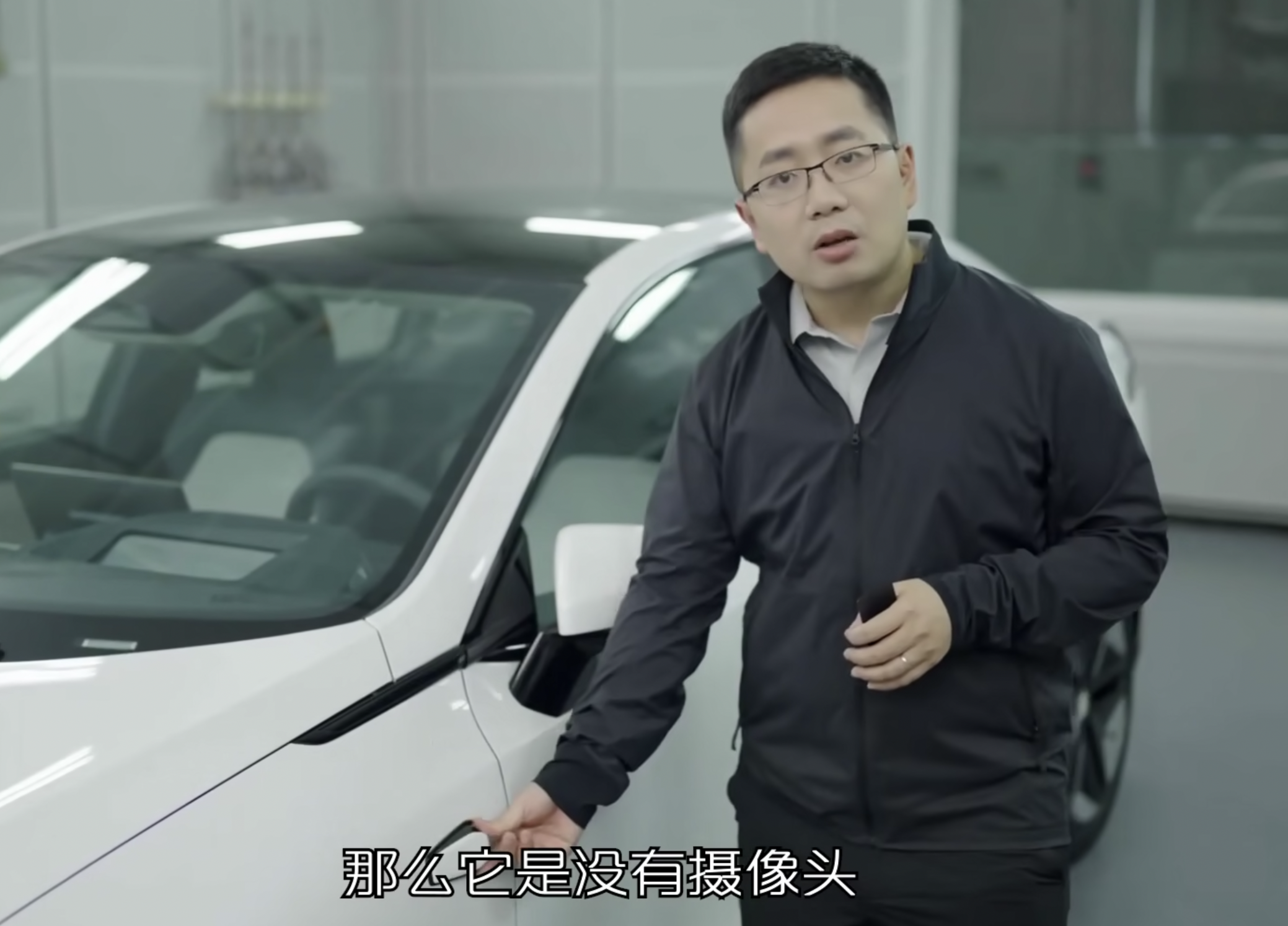
This image is used as a conclusion because the CEO mentioned in the video that the engine cover’s creases and paint requirements are very high. Therefore, I noticed the seams of this car in the video, which are very uniform overall, making my impression of the car even better.
Of course, the information about this car is not fully disclosed yet, such as the blind spot in the advanced driving assistance. Many people say that the price of this car will be around 200,000 RMB, so let us look forward to the final actual configuration of this car.
This article is a translation by ChatGPT of a Chinese report from 42HOW. If you have any questions about it, please email bd@42how.com.
